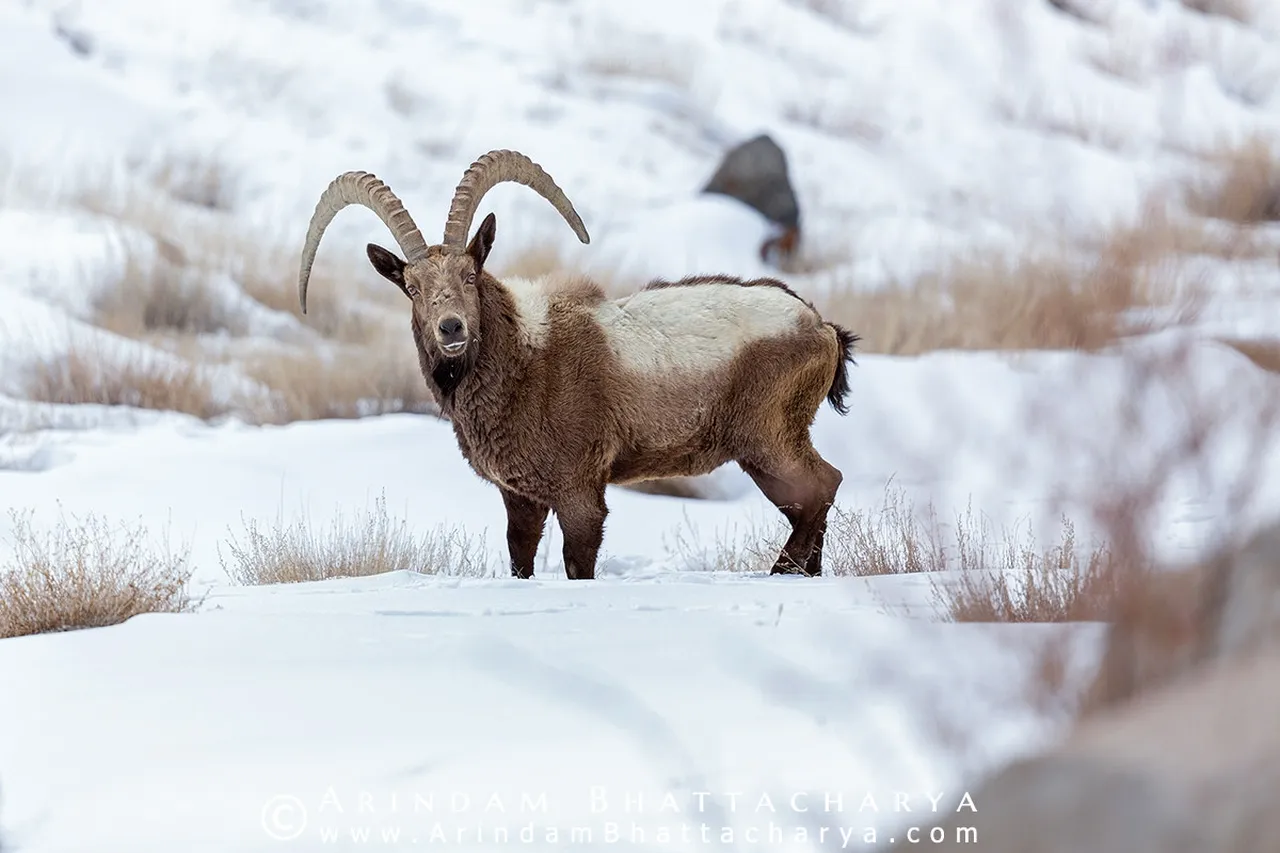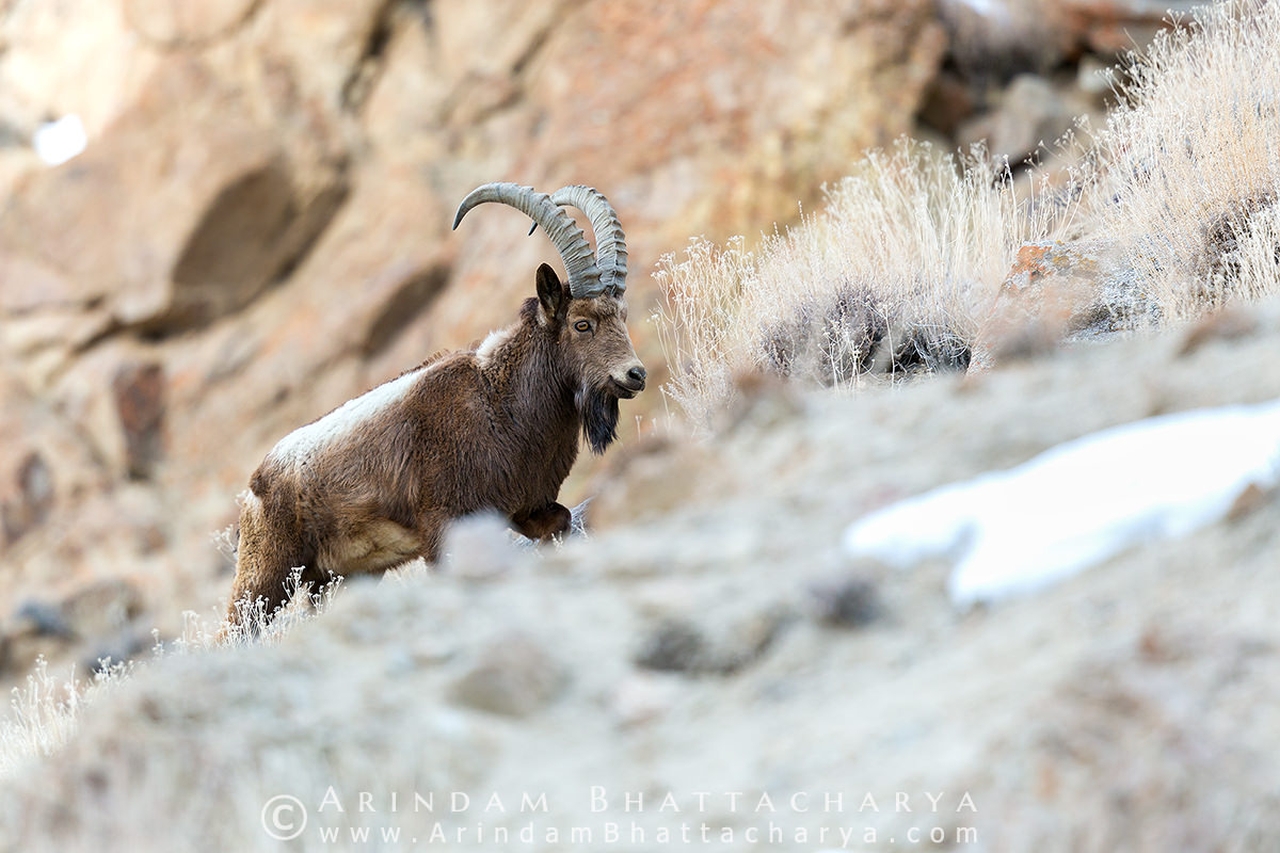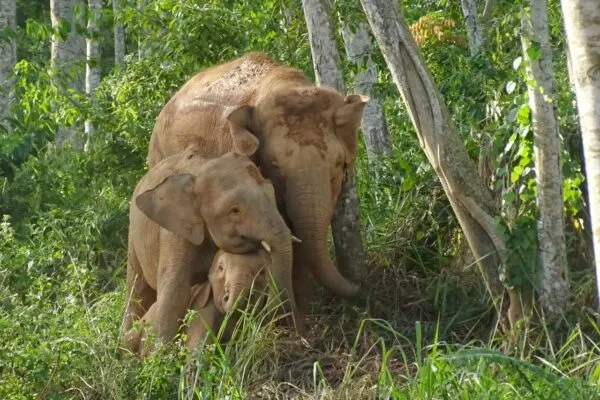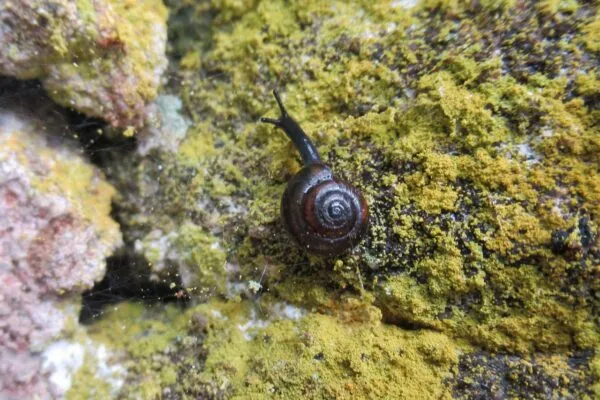How Remote Villages in Spiti Valley Revive Himalayan Ibex Populations
Instinct and tradition bind people and nature as locals safeguard the wild goat from poachers

Image: Arindam Bhattacharya
Although listed in the IUCN Red List as a species of least concern, Himalayan Ibex almost disappeared from the area a few years ago due to poaching. The majestic animal has been susceptible due to illegal hunting, habitat loss, and deteriorating forage quantity amid climate change.
This species of wild goat is found in the trans-Himalayan regions of Jammu and Kashmir, Ladakh and Greater Himalayas, and Pir Panjal of Jammu Kashmir and Himachal Pradesh. It is recognized by its contoured horns and beards, which are the primary reason for their poaching. The Zoological Survey of India has found in March 2020 that the Himalayan Ibex is a distinct species as opposed to the earlier notion that it was a subspecies of the Siberian Ibex.
According to The Times of India, people of the Lahual-Spiti district of Himachal Pradesh stepped forward to save the Himalayan Ibex from becoming extinct over a decade ago. The residents joined hands with the state wildlife department. Many panchayats (village councils) had decided to take action against people poaching the Tangrol (the local name for Himalayan Ibex).

Image: Arindam Bhattacharya
The hunters usually attacked the animals in winter by socially outlasting them and selling their hide, meat, and ridged horns on the black market. After the indigenous people vowed to protect the ibex, there hasn’t been a single case of hunting reported in the district in the last seven years. The wild goat is also an important prey for the endangered snow leopard, which means that dwindling ibex populations threaten the leopard as well.
The people of Sangam, the largest village of Pin Valley, are also devoted to preserving the populations and habitats of the ibex. The mountain ecosystem is home to Asiatic ibex, blue sheep, and the snow leopard. Wildlife biologist Abhishek Ghoshal spent a lot of time understanding the movement of Himalayan ibex, documenting the human-animal interactions, and understanding the nature of the relationship between the locals and animal habitat.
According to his observations, the residents have a profound relationship with the land and its creatures, bound by instinct and folklore. Pin Valley in the Pir Panjal Range is an ibex stronghold with 250-300 individuals. The increase in their population is one of the contributing factors to the improving snow leopard population in Himachal Pradesh.


